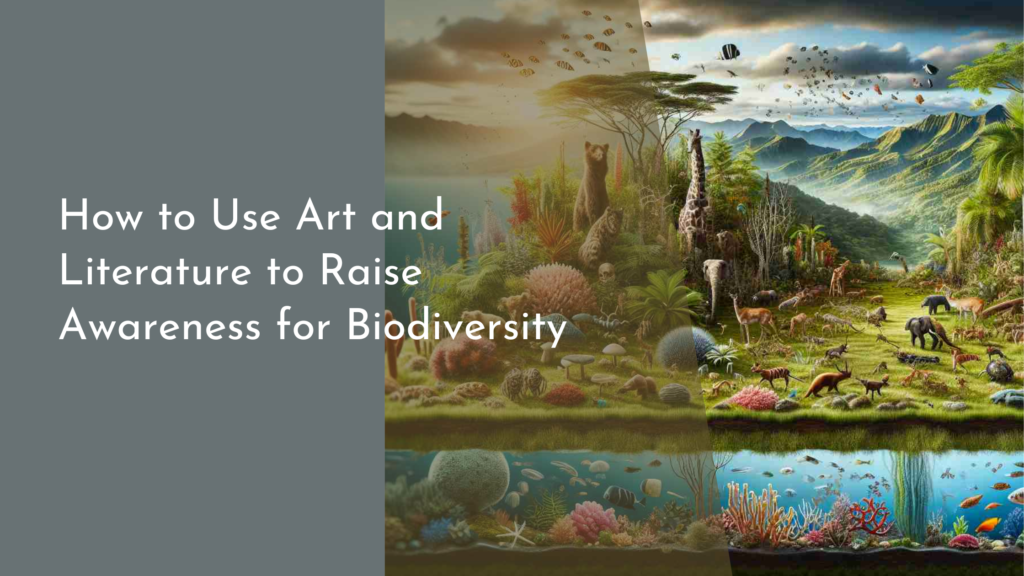How to design eco-friendly wildlife enclosures
Designing eco-friendly wildlife enclosures is an essential step toward promoting conservation and protecting biodiversity in a world facing numerous environmental challenges. These enclosures not only offer a safe and natural habitat for animals but also facilitate educational opportunities for visitors, inspiring them to engage with wildlife in a sustainable manner. By incorporating eco-sensitive practices, we can create spaces that celebrate the harmony between human innovation and nature’s wonders.
Creating wildlife enclosures that are environmentally responsible involves a thoughtful approach to design, materials, and habitat enhancement. By understanding the significance of eco-friendly practices, we can contribute positively to wildlife conservation while ensuring that these enclosures serve as meaningful spaces for education and interaction. The following sections outline key principles and strategies for designing enclosures that prioritize ecological integrity and animal welfare.
Understanding the Importance of Eco-Friendly Enclosures
Eco-friendly wildlife enclosures play a vital role in wildlife conservation and education. As urbanization and habitat destruction continue to threaten animal populations, these enclosures can provide a sanctuary for various species, helping to preserve genetic diversity and protect endangered animals. By mimicking natural habitats, eco-friendly designs promote the animals’ well-being, allowing them to exhibit natural behaviors in a controlled environment that respects their needs.
Moreover, eco-friendly enclosures act as powerful educational tools for visitors. They raise awareness about the importance of biodiversity and the need for conservation efforts. By showcasing wildlife in a setting that reflects their natural environments, these enclosures can foster a deeper connection between people and animals. This connection can inspire visitors to engage in conservation efforts, making them more likely to support initiatives aimed at protecting wildlife and their habitats.
Key Principles for Eco-Conscious Wildlife Design
When designing eco-friendly wildlife enclosures, several key principles should guide the process. First and foremost, the design should prioritize the well-being of the animals. This involves creating spacious and enriching environments that cater to each species’ specific needs, allowing them to thrive physically and psychologically. Features like climbing structures, water bodies, and hiding spots can enhance the animals’ experience and promote natural behaviors.
Another essential principle is the integration of sustainable construction practices. This includes using renewable energy sources, such as solar panels, and implementing rainwater harvesting systems to reduce the ecological footprint. Additionally, the layout of the enclosure should minimize disruption to surrounding habitats, allowing for wildlife corridors that enable safe movement of animals between natural areas. By adhering to these principles, designers can create enclosures that not only prioritize animal welfare but also demonstrate a commitment to ecological sustainability.
Materials Matter: Choosing Sustainable Resources
The selection of materials is crucial when designing eco-friendly wildlife enclosures. Opting for sustainable resources, such as reclaimed wood, recycled metals, and non-toxic finishes, can significantly reduce the environmental impact of construction. These materials not only minimize waste but also contribute to the overall aesthetic appeal of the enclosure, creating a more inviting space for both animals and visitors.
Moreover, it is essential to prioritize durability in material selection to ensure that the enclosure stands the test of time. Long-lasting materials reduce the need for frequent replacements, thereby lessening the ecological footprint over the enclosure’s lifespan. By choosing the right materials, designers can create sturdy, beautiful, and eco-friendly enclosures that align with conservation goals while providing animals with a secure and comfortable habitat.
Enhancing Habitats with Native Flora and Fauna
Incorporating native plants and animals into wildlife enclosures can significantly enhance the ecological integrity of these spaces. Native flora provides natural food sources, shelter, and breeding grounds for resident wildlife, promoting a balanced ecosystem within the enclosure. This not only supports the animals’ well-being but also contributes to the local biodiversity, creating an inviting environment that reflects the region’s natural beauty.
Furthermore, using native species in landscaping can reduce water usage and maintenance needs, as these plants are adapted to local climates and soil conditions. This eco-friendly approach not only benefits the animals but also resonates with visitors, who can learn about the importance of preserving local ecosystems. By creating enclosures that celebrate and utilize native flora and fauna, wildlife designers can foster a deeper appreciation for biodiversity and encourage sustainable practices in their communities.
Designing eco-friendly wildlife enclosures is a joyful and rewarding endeavor that not only benefits animals but also cultivates a greater awareness of environmental stewardship among visitors. By following the principles of animal welfare, sustainable materials, and the integration of native ecosystems, we can create spaces that honor the delicate balance of nature. As we move forward in our conservation efforts, let us embrace the cheerful challenge of designing enclosures that inspire, educate, and protect the incredible wildlife that shares our planet.

